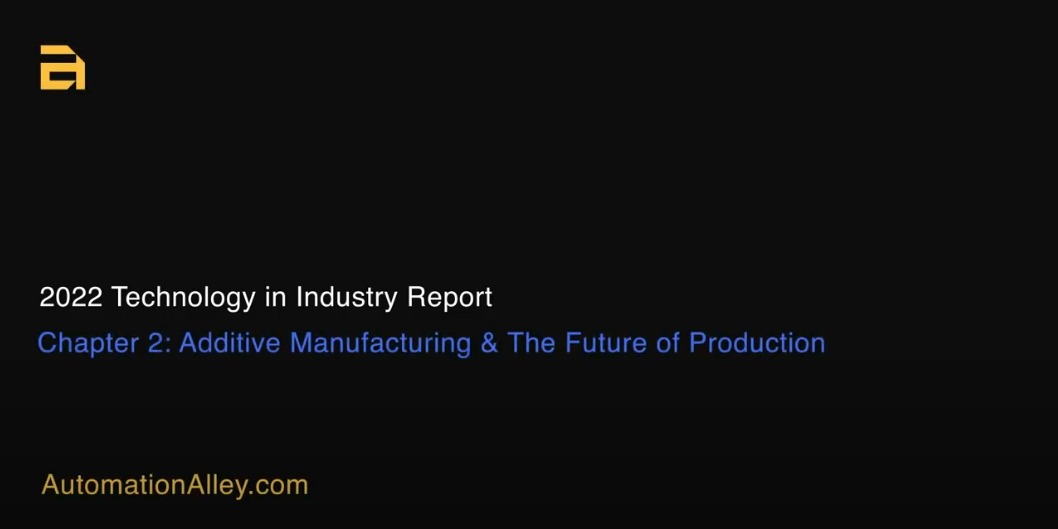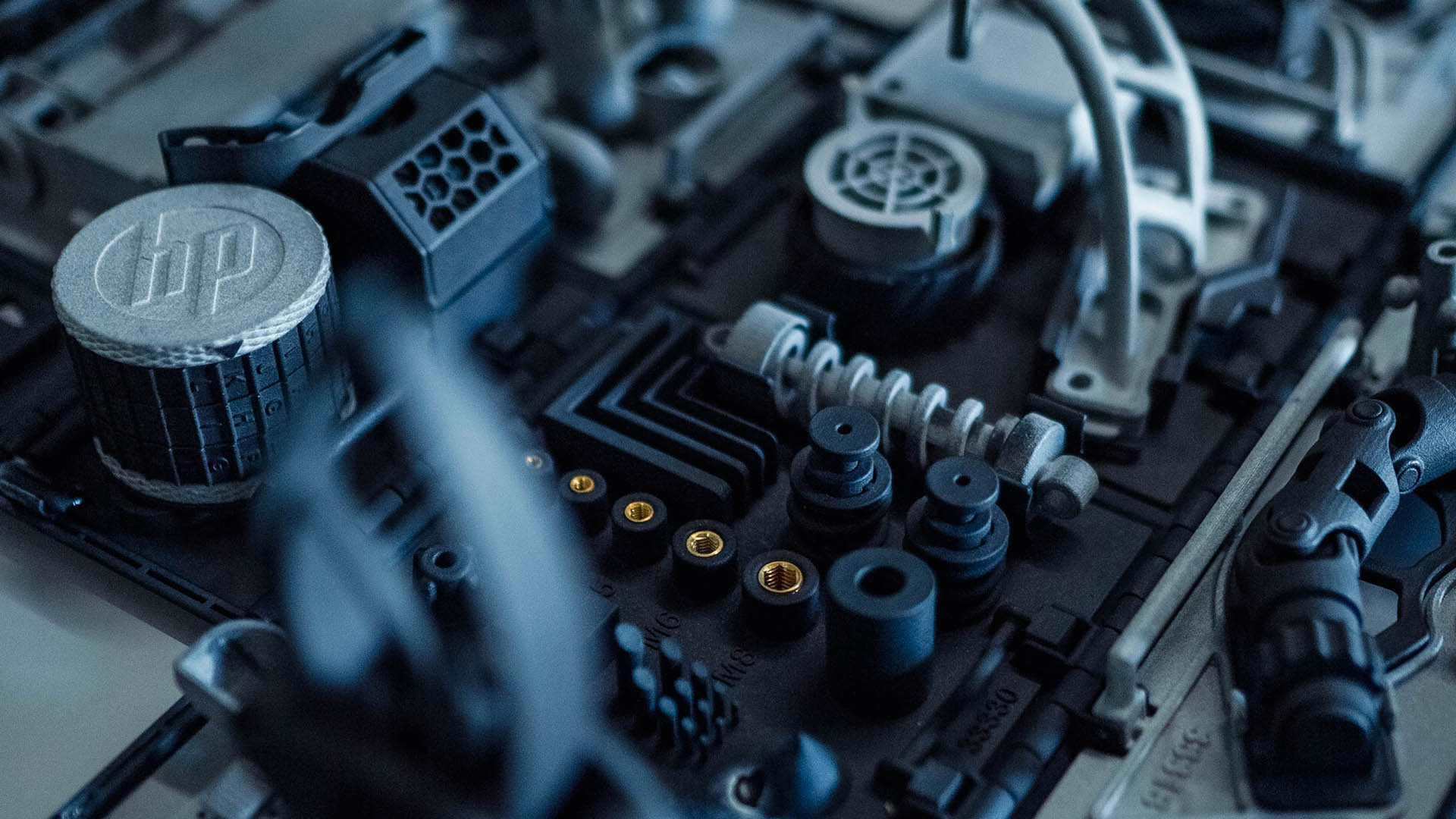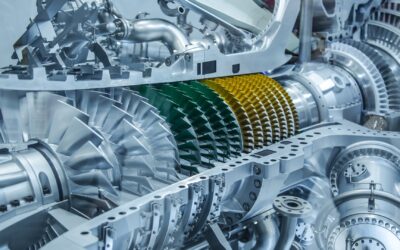
Read the full case study in our Technology in Industry Report; Chapter 2: Additive Manufacturing & The Future of Production here
About Gonzalez Design GroupFounded in 1975, the Gonzalez family of companies has strategically grown to become a major full service supplier in the automotive, aerospace, defense and communications electronics industries. A family-owned, Certified Minority Business Enterprise, Gonzalez Group is proudly comprised of three companies located in Oak Park, Troy and Pontiac, Michigan as well as in Queretero, Mexico.About HPWe are a technology company born of the belief that companies should do more than just make a profit. They should make the world a better place.Our efforts in climate action, human rights, and digital equity prove that we are doing everything in our power to make it so.




